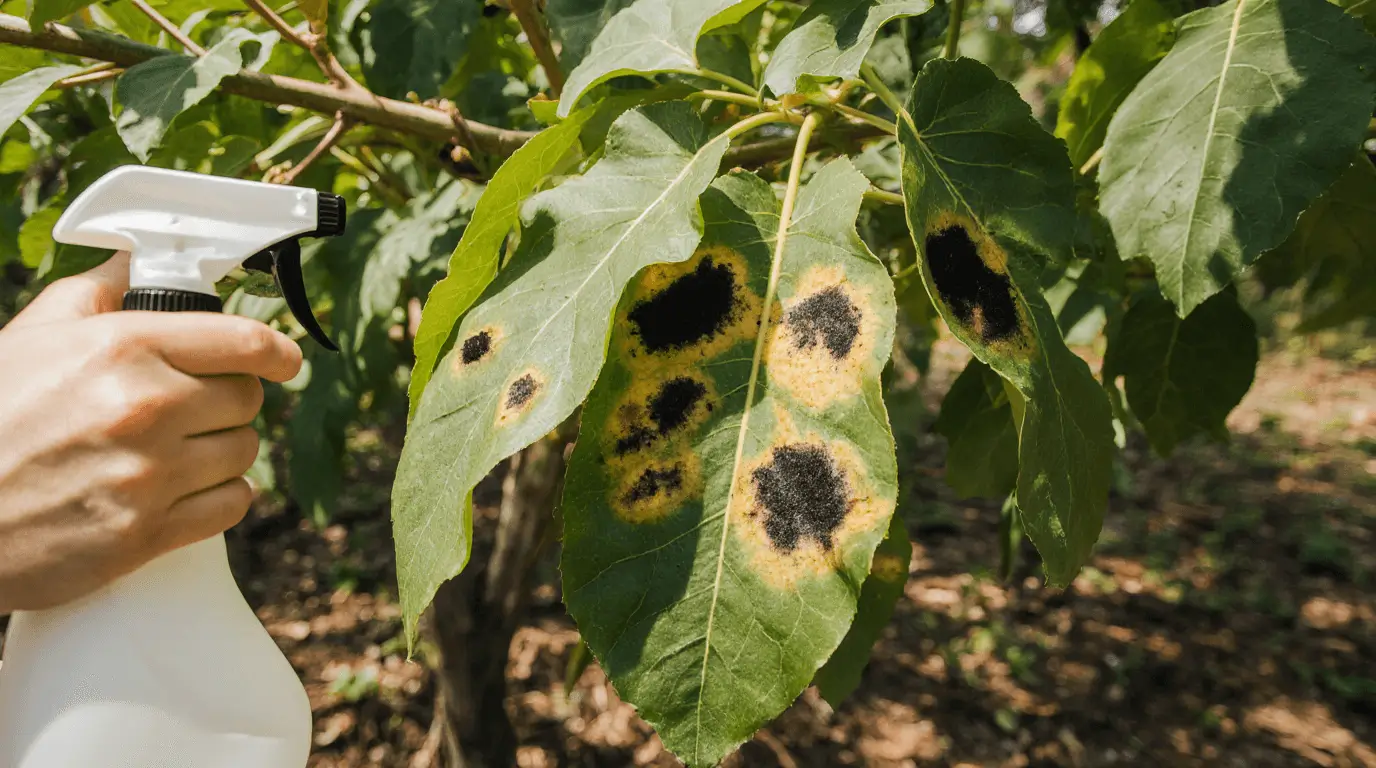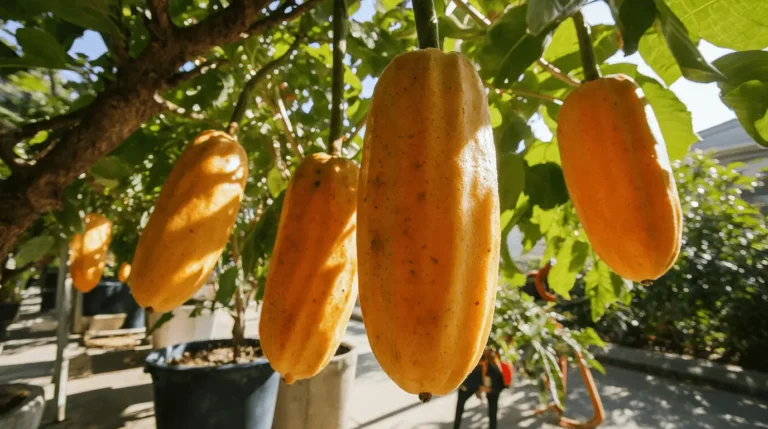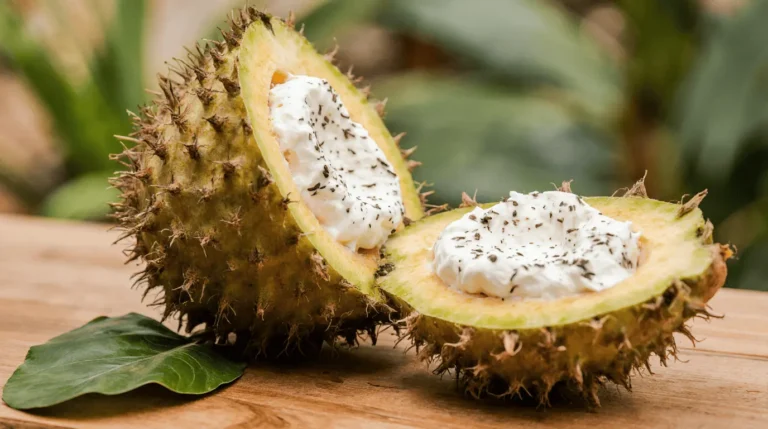Introduction
In recent years, more people have enjoyed papaya seed germination and growing papayas from seed right in their backyard or home garden. When you plant those tiny black seeds with love and care, you’ll soon see a papaya tree take shape — a towering beauty that will produce delicious, juicy, and nutritious fruits. The papaya is a truly special tropical plant that brings a healthy punch to your diet, rich in vitamins, minerals, and digestive enzymes. Watching your plants grow day by day brings a sense of excitement, especially when those sunny yellow-orange fruits start to appear.
Nothing feels better than picking your own fresh papayas from a personal garden harvest. These massive papaya trees can grow quickly under the right conditions, rewarding yourself with sweet results. Whether you’re new to gardening or have experience, following simple tips for growing and proper harvest timing ensures success. The process of raising a papaya tree from seed is not just about the fruits—it’s about the joy of nurturing life and seeing it flourish in your hands.
Growing Papayas From Seeds:
The process of growing papaya trees from seed starts with choosing high-quality seeds and following careful germination steps. From my experience, it takes patience and gentle attention for those tiny seedlings to sprout strong and healthy. First, collect viable seeds from ripe papaya fruits — look for papayas with reddish-orange skin, a sure sign they’re ready. When you slice them open, you’ll see black wrinkled seeds inside. Remove them gently, then rinse away any clinging fruit flesh until they’re completely cleaned.
After that, allow them to dry for a day or two before sowing. Using fresh seeds helps ensure successful germination, leading to beautiful fruit-bearing trees in your garden. This simple seed planting routine rewards you with healthy papaya plants that thrive with care and consistency. The joy of watching the seeds sprout into tall trees is unmatched — it’s a reminder that nature responds best when you nurture it with heart and time.

Seed Germination
To germinate papaya seeds, start by filling small pots or trays with an organic seed-starting mix that’s nicely moistened. Place each papaya seed about half an inch deep into the soil, giving them proper spacing so they can grow freely. Cover the top layer gently, then mist the surface to keep it evenly damp. From my own gardening experience, maintaining gentle warmth between 70-85°F works wonders. Setting them near a sunny window or using a seed mat helps create that cozy environment ideal for growing from seed into healthy sprouts.
During this phase, keep the soil lightly moist but not saturated to avoid rot. Within 2-4 weeks, you’ll start noticing tiny sprouts emerging — an exciting milestone in your papaya plant journey. With patience and consistent care, these little seedlings soon develop into a full papaya tree, rewarding your effort and attention with lush green growth and future fruiting success.
Transplanting Seedlings
When your papaya sprouts start developing leaves, it’s time to give them more space for growth. Whether you’re growing from seed or moving a young papaya tree, transplanting requires patience and care. You can shift them into larger pots, permanent pots, or directly into the ground depending on your setup. For the in-ground route, choose a sunny spot that gets at least 6-8 hours of direct sun exposure. Make sure the soil has good drainage to prevent root rot, which is common in soggy conditions.
For containerized growing of papayas from seed, use a 5-gallon pot with a quality, well-draining potting mix. Fill your new container halfway, form a small mound, and transplant the seedling carefully. Be gentle, as papaya seedling roots are delicate. Water the planting area well to remove dry pockets and keep the soil moist but not saturated. With proper transplant location and care, your plants will thrive into towering trees filled with sweet, nourishing papaya fruits.
Caring for Papaya Trees
Proper fertility, balanced water management, and regular pruning help keep your papaya trees healthy and productive. Give them protection from harsh weather and pests, and practice preventative care to avoid common issues. With these simple tips, growing papayas from seed becomes surprisingly easy and rewarding.
Fertilizing
For transplanted seedlings or those grown directly from seed, proper feeding is key to supporting young trees of papaya through their early stages. These plants have specific nutrient requirements to ensure healthy growth. Using a balanced fertilizer rich in nitrogen, phosphorus, and potassium provides the essential nutrients they need. An effective nutrient boost every two months—or roughly every 6-8 weeks during the first year—helps the trees stay strong and productive as they mature.
Read Also: Tree Insect Management
Mulching
When papaya trees are young, maintaining proper soil moisture is vital for helping them become well-established. I’ve found that applying a 2-3 inch layer of organic mulch—like shredded bark or leaves—does wonders for keeping soil moisture steady. It also helps in suppressing weeds that compete with your trees for nutrients and water. This simple practice keeps the area around the base cool, clean, and full of life, giving your papayas the best start possible.
How to Grow a Papaya Tree with Single vs. Multiple Trunks
As your papaya tree matures, you’ll need to decide whether to keep it as a single-trunk tree or let it develop into a multi-trunked specimen. For a clean, upright look, prune away side shoots, allowing the strongest central leader to remain and continue to grow. If you prefer a fuller multi-trunked form, choose 3–4 vigorous shoots to become the main trunks, removing the rest for balance. Be sure to prune annually to maintain your desired shape and to clear out overcrowded stems, crossed stems, or diseased stems that can affect healthy development.
Pest & Disease Prevention
Healthy papaya trees need regular attention to stay safe from pests and fungal diseases. It’s best to inspect your plants often for signs of insect activity caused by papaya fruit flies, mites, scales, or mealybugs. I’ve found that using insecticidal soap, neem oil, or other organic pest control methods works well when applied promptly. Keep good airflow around the trees and focus on removing diseased plant matter to avoid problems like black spot, papaya ringspot virus, leaf spotting, fruit discoloration, and deformation. If needed, treat affected areas with an approved fungicide as part of your ongoing prevention routine.

Conclusion
Caring for papaya trees takes consistency, awareness, and a little hands-on effort. With proper prevention practices like regular inspection, timely treatment, and using organic pest control methods such as neem oil or insecticidal soap, you can easily keep pests and fungal diseases at bay.
Healthy airflow, clean surroundings, and removing any diseased plant matter help your trees stay strong, ensuring you enjoy beautiful, productive papayas season after season.
![]()
Read Also: Harvesting Perfect Bananas
FAQs
Q1: What is the best natural method for pest control on papaya trees?
Using neem oil or insecticidal soap is one of the most effective organic pest control methods. It helps manage mites, scales, and mealybugs without harming beneficial insects.
Q2: How often should I inspect my papaya trees for pest or disease issues?
You should inspect your trees at least once a week to catch insect activity or early signs of fungal diseases like black spot or papaya ringspot virus.
Q3: What should I do if I see black spots or leaf discoloration on my papaya plant?
Quickly remove diseased plant matter, improve airflow, and treat the affected areas with an approved fungicide to stop the spread of infection.
Q4: Can fungal infections be prevented completely?
While it’s difficult to prevent them entirely, maintaining proper drainage, pruning for airflow, and using preventative care sprays can significantly reduce the chances of infection.
Q5: Why is airflow important for papaya trees?
Good airflow helps keep leaves dry, discourages fungal growth, and supports overall tree health, which is essential for strong fruiting and long-term resilience.





[…] you pick your favorite type, learn how to germinate papaya seeds for a strong […]